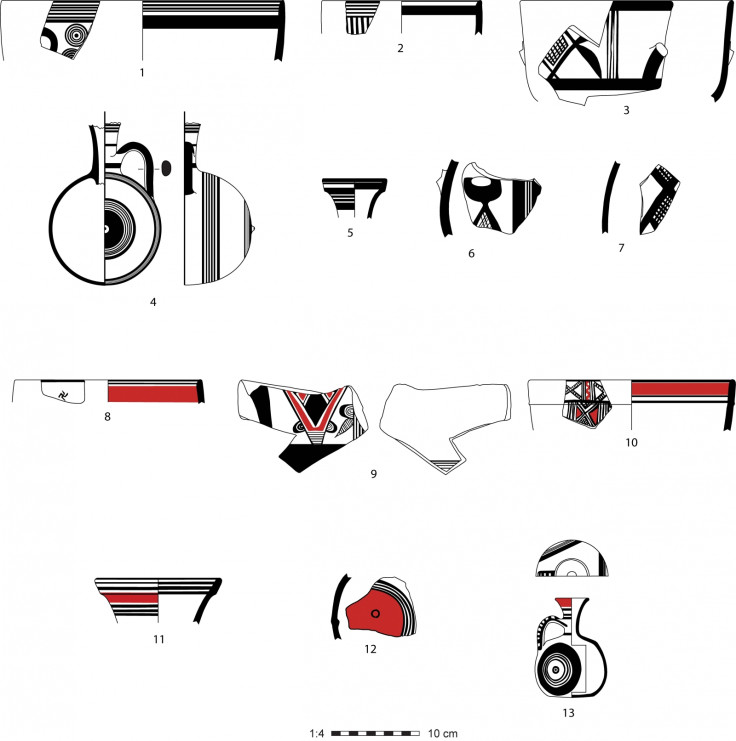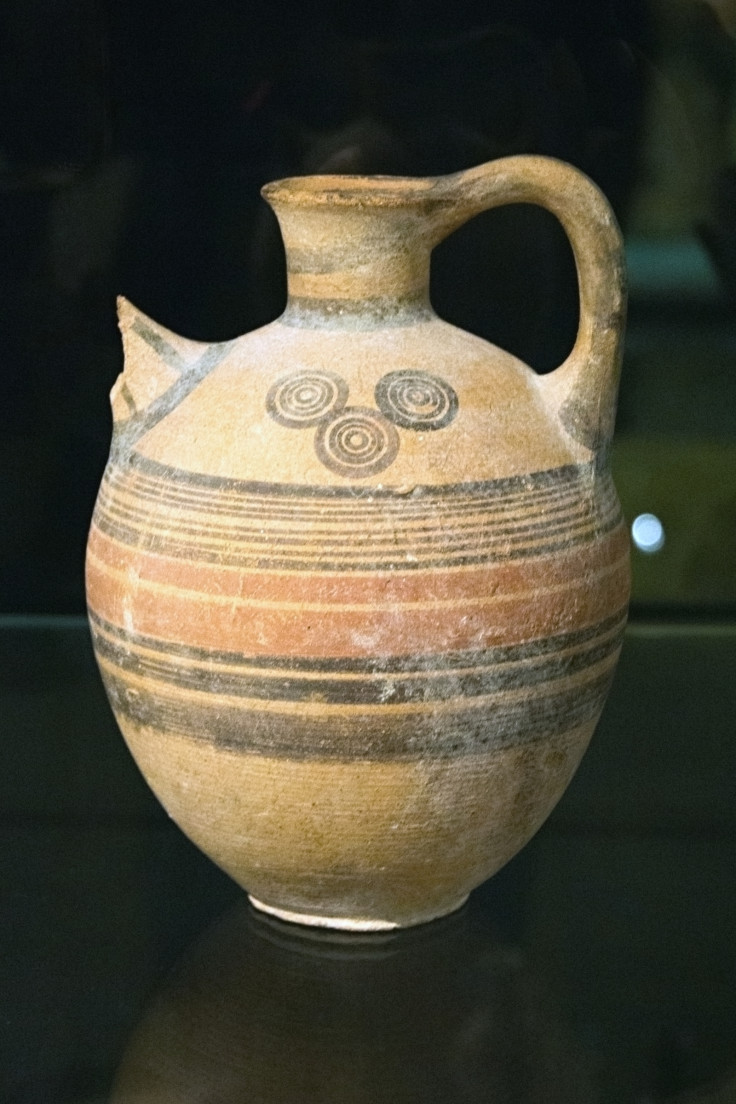Iron Age Turks wouldn't be seen dead without Cypriot ceramics at dinner parties
Elite Turkish feasts drove demand for elaborate pottery 3,000 years ago.

Cypriot-style ceramics were the thing to have for a feast in early Iron Age Turkey, researchers say.
The demand for types of ceramics called White Painted and Bichrome Wares, traditionally made in Cyprus, led local producers in Turkey to make ceramics in the Cypriot style. The pots were either imitations by Turkish artisans or were made locally by Cypriot artisans who had moved to settle in Turkey.
White Painted and Bichrome Wares are decorated with black bands, stripes, geometric circles, stylised palmette motifs. Bichome Ware also has red painted bands, distinguishing it from White Painted Ware. The ceramics assessed in the study included barrel jugs, small juglets and stemmed vertical-sided bowls.
The ceramics came from three sites in the Hatay region of Turkey: Tell Tayinat, Çatal Höyük, and Tell Judaidah. Imported goods made up the vast majority of the elaborate tableware, but a small proportion of it was made locally in Tell Judaidah, the researchers found.
In a study published in the journal PLOS ONE, researchers identified the source of the ceramics by analysing the composition of the pottery and the soil where it was found. The origins of this type of ceramics – of which some pieces date to 800 BCE – were found by X-ray and neutron analysis of the artefacts.
"A clear geochemical distinction exists between important and local versions of the pottery," study authors Steven Karacic of Florida State University and James Osborne of the University of Chicago write in the paper.
They argue that Cypriot-imported pottery was widely available throughout the Amuq Valley, and that it was elite feasting practices that fuelled the trade of ceramics in the wider area.

"We were surprised to find that locally produced Cypriot-style pottery was consumed at Tell Tayinat but not the other sites included in our study," says Karacic.
The findings challenge prevalent ideas about trade in the Eastern Mediterranean during the Iron Age. The ceramics weren't distributed in the expected way, with objects from one location becoming rarer the further you go from that location.
"These results indicate complex social and economic interactions between the Amuq and Cyprus that we are only just beginning to understand for the Iron Age," Karacic added.
© Copyright IBTimes 2024. All rights reserved.






